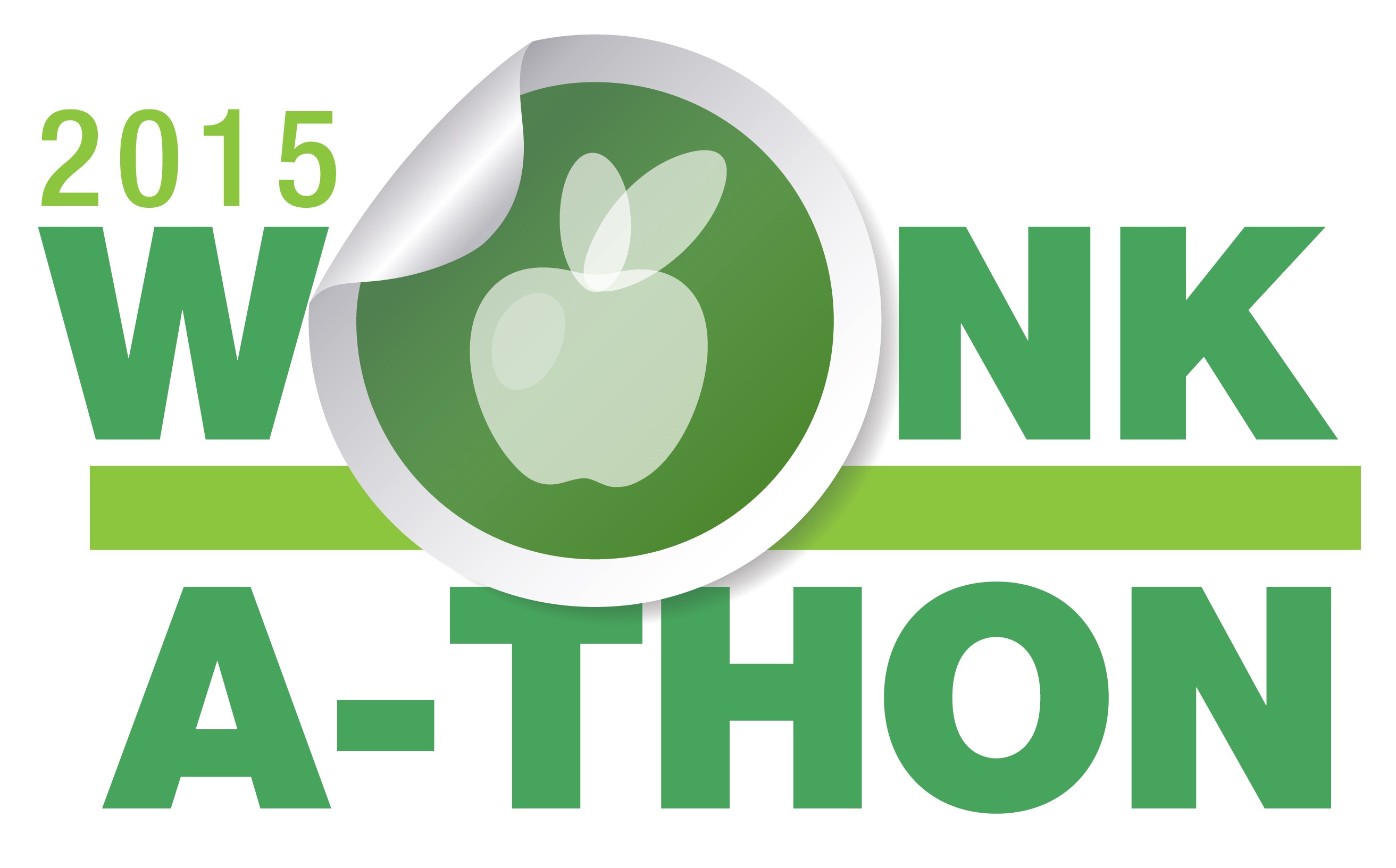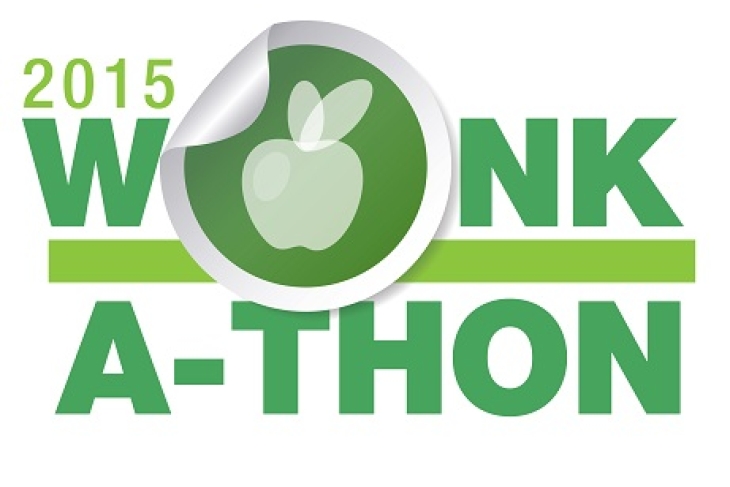
This is the fourteenth entry in Fordham’s education savings account Wonkathon. This year, Mike Petrilli challenged a number of prominent scholars, practitioners, and policy analysts to opine on ESAs. Click to read earlier entries from Michael Goldstein, Seth Rau, Matthew Ladner, Jonathan Butcher, Tracey Weinstein, Andy Smarick, Neerav Kingsland, Lindsey M. Burke, Jason Bedrick, Adam Peshek, Robin Lake, Travis Pillow, and Robert Tagorda.
"Universal school choice," screamed the headline at National Review Online. The reference, of course, was to Nevada's new education savings account (ESA) bill. Celebrated by school choice organizations in multiple press releases—and even by some, but not all, of the previous posts in this Wonkathon series—as a "universal" ESA, the new program is creating quite a buzz. The headlines, however, are missing an asterisk.
The Nevada ESA bill is broad. It's bold. It deserves to be celebrated, but it's not universal. Calling the program “universal” ignores the tens of thousands of Nevada families excluded from the program, and it may even prevent other states from achieving truly universal school choice.
Defining “universal”
The Merriam-Webster dictionary defines universal as "including or covering all or a whole collectively or distributively without limit or exception" (emphasis mine). It then cites universal health coverage as an example.
Imagine a universal state health insurance plan that excludes all those who are currently paying for their own plan, turning five after September 30, 2016, or moving from another state after that date. Not very universal, is it? Well, that's essentially what is taking place in Nevada.
Prior public school requirement
The state offers broader eligibility requirements than any other ESA in the country. However, they only apply to students attending a public school for the hundred days prior to applying for an education savings account. That category encompasses approximately 93 percent of the students in the state, but it's still not universal.
Unfortunately, the program excludes students currently enrolled in private schools and those entering school in Nevada for the first time. The latter group includes students entering kindergarten, previously homeschooled children, and students moving from out of state (even if they previously attended public school in their home state).
Hypothetical case study: Sarah
To understand the ramification of this eligibility gap, let’s look at the hypothetical example of Sarah, a mother of three boys from Las Vegas. Her oldest son, Michael, is a star student finishing eighth grade at the local public school. Her youngest child, Jennifer, is entering kindergarten. Her middle son, Jonathan, had educational challenges that weren’t handled properly by the public school; to make matters worse, he was bullied by his classmates. Unable to get the school’s administrators to respond effectively, Sarah ultimately transferred Jonathan to a private school. Though Jonathan was happier there, the private school was expensive, and it still wasn’t the best fit. Next year, Sarah would like to try a combination of online programming and extra tutoring.
Thanks to Nevada’s new ESA program, Sarah can receive an ESA account for Michael to transfer to a private high school. Sarah would like to be able to send Jennifer to the same private school, but as an entering kindergartener, Jennifer won’t receive an ESA. Jonathan, who would gain the most from the flexibility of an ESA, won’t receive one either, since he attended private school this year. Such a policy essentially penalizes Sarah for trying to find a school that worked best for her child before the legislation’s passage.
The ostensible rationale for limiting the program to current public school students is purely fiscal. The ESA’s value is equivalent to 90 percent of the state’s average per-pupil funding amount (for students with disabilities or those from low-income families, it is equal to the full amount). Every child who accepts an ESA after having previously attended a Nevada public school consequently generates a cost savings to the state, or is at least fiscally neutral. Conversely, students who were not previously enrolled in public school are viewed as a new cost. School districts save money for every child using an ESA by keeping the local dollars— which vary widely across districts—and educating fewer students. However well-intentioned, this fiscal rationale is flawed and unfair.
About twenty thousand students currently attend Nevada private schools. A false assumption prevails that these families already made their choice and should therefore be permanently categorized as "private school families," but the truth is more fluid. Many of these families struggle to pay tuition and may switch back to public school when the cost becomes too great. The law creates a perverse (yet rational) incentive for desperate parents to switch their child to a public school for one hundred days and then return to their private school. This would be disruptive to the child's education and the local public schools, and it would ultimately cost the taxpayers at least as much as the state originally thought it would save. In Michael’s case, it would mean returning to the very public school system which failed to meet his needs.
Include new students
Even if Nevada ultimately bars current private school students from receiving an ESA due to the perceived additional costs, it should make an exception for new students. About thirty-five thousand new kindergarten students annually enter the state’s school system. None of them are eligible for an ESA right away, which places a greater burden on taxpayers (and discourages private providers from creating new schools or expanding supply). With each passing year, tens of thousands of students will find themselves initially disqualified from a “universal” program that is paid for by their parents’ tax dollars!
Unlike the earlier example of “almost universal” healthcare, these new students will be eligible for an ESA after attending public school for about three months. But this unfairly penalizes those parents who decide for their own reasons—academic, social, or religious—that the local public school is not the best choice for their children. Worse, if they are ultimately enrolled in a private school or alternative program, these young students will also be denied an ESA in years to come.
While some “new” students would perhaps have entered a private school even without an ESA, we can expect that this group would amount to no more than the 5.6 percent of Nevada schoolchildren who currently attend private school. The long-term savings generated by the ESA program should be sufficient to cover all of these new students, or come very close.
To be fair, Nevada passed a separate scholarship tax credit program this session. Eligibility for that program is based solely on family income instead of previous enrollment at a public school. This should be a solution for both low-income students entering school in Nevada for the first time and those currently attending Nevada private schools. However, the state only allocated $5 million per year for the scholarship program. Assuming an average scholarship of $5,000, fewer than a thousand students could receive one through the tax credit program. With approximately forty thousand new students excluded from the ESA program, scholarship organizations will be looking at long waiting lists.
Lessons for other states
Other states considering an ESA should take Nevada’s model and improve on it. If Nevada is the state to beat in our national school choice race, then the way to win is by creating a truly universal program. States should at least give new families an ESA pathway that doesn’t force them, as a condition of eligibility, to send their children to a public school they don't want to attend.
Those who claim universal choice as their goal should settle for nothing less than that. Redefining “universal” to mean 80 to 90 percent will only send lawmakers the message that almost universal is good enough. More importantly, settling for less sends a message to the excluded students that they simply don’t count.
When the Nevada General Assembly reconvenes in two years, the ESA program will already be up and running. Questions of oversight and regulation should be addressed once this experiment can be studied. If there’s one thing lawmakers must get right, it’s the eligibility requirements. They should at least expand the program to include new students, including those entering kindergarten. Lawmakers can also prevent a mass hundred-day exodus of desperate private school parents by significantly increasing the amount of available tax credits so that many more children can receive scholarships.
Nevada's program is broader than any other ESA in the country. Other states should follow Nevada's lead and create systems in which all parents can choose the best learning environment for their children. Then the headlines won't need an asterisk, because “universal” will once again mean universal.
Rabbi A. D. Motzen is the national director of state relations at Agudath Israel of America.
